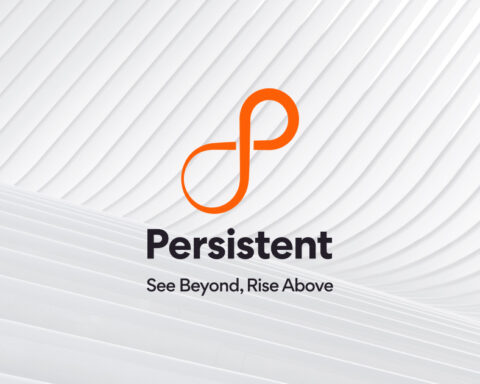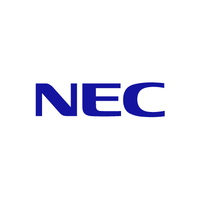Persistent Systems, the global leader in software product and technology services, today announced the immediate availability of PaxPharma, a compliance-based, Design to Print (D2P) automation solution designed specifically for pharmaceutical packaging and product lifecycle management (PLM). The company unveiled the solution at this year’s Pharma Packaging and Labeling USA 2013 conference being held February 26 and 27 at the Hilton Philadelphia City Avenue Hotel.
Global Leader Persistent Systems Launches PaxPharma.PaxPharma, the newest offering in the Paxpro Enterprise Collaboration Solution suite and the first of its kind for the pharmaceutical industry, delivers the entire D2P supply chain on one easy to use platform – from NPI/NPD, product design and CAD, to labeling, artwork management, PLM and document lifecycle management for pharma covigilance.
“PaxPharma delivers an enhanced user experience through a fully integrated solution with secure data transfer across modules that significantly helps reduce human error, ensure regulatory compliance, and improve time to market,” said Ram Pazhayannur, VP of Paxpro Business Unit, Persistent Systems. “We are very excited to deliver this next generation compliance-based automation solution for the pharmaceutical industry that simplifies the entire D2P process across the supply chain – from brand managers, to suppliers and customers.”
PaxPharma includes a unique FDA rules database module that manages the rules and regulations set by the FDA for each product type, from OTC drug to cosmetics. This module automatically selects several of the FDA rules based on product attributes specified by the labeling specialist –greatly reducing errors and providing significant time savings. Near print-ready Drug Fact Templates (DFT’s) and labeling documents can be produced using this module allowing marketing managers to have better control of their artwork and labeling assets while reducing dependency on graphic artists and post production iterations.








